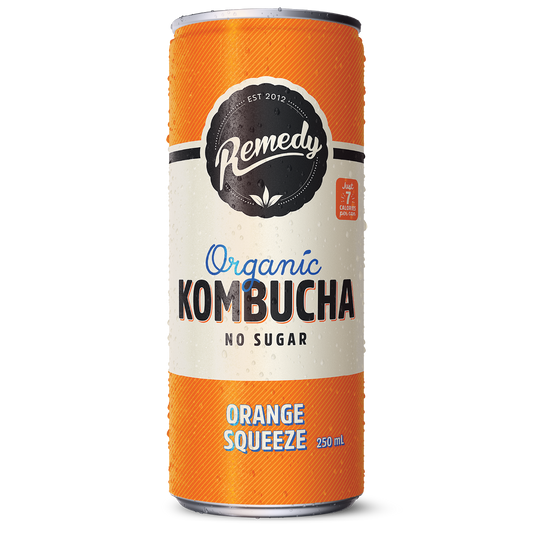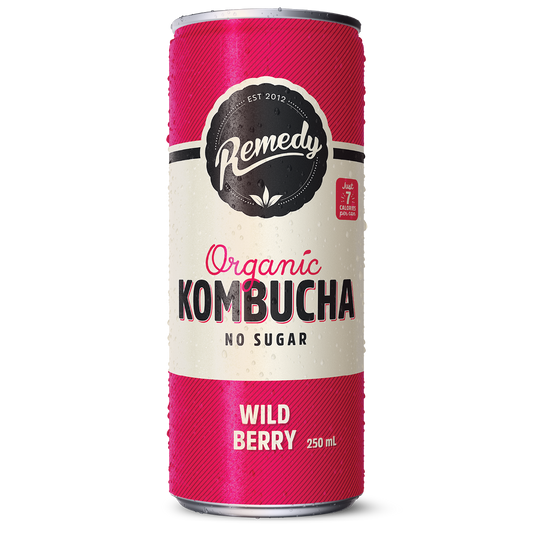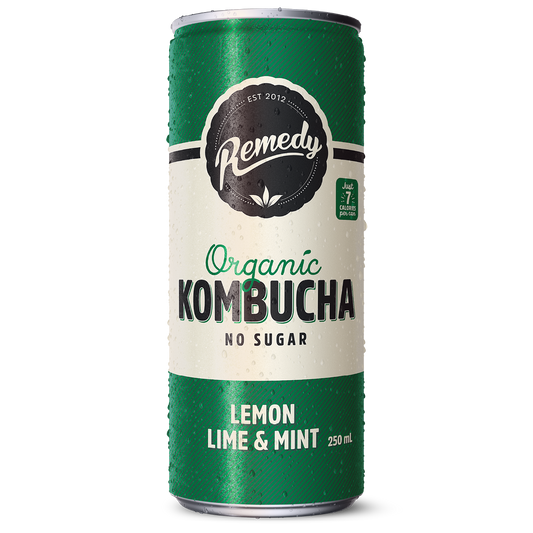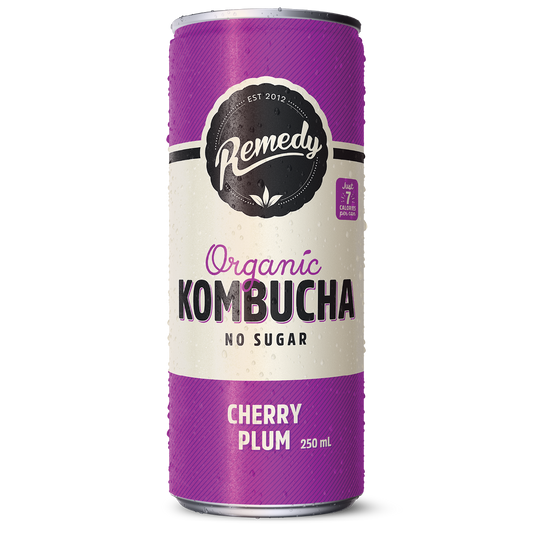Have you ever cracked a bottle o’ booch and found some floaty bits, blobs or strands swirling around inside?
It’s the question we’re asked just about every day, but to understand the answer, you’ve gotta understand how we brew kombucha.
How we brew kombucha
From day one at Remedy, we’ve brewed our kombucha the old-school way. Here’s the deal:
- We brew a very big pot of tea and pour it into pots small enough to hug
- We add our mother culture, also known as SCOBY (remember this; it’s important for later)
- We let the liquid ferment for 30 days, getting it up to our booch-a-licious standards
- We add our carefully selected natural flavours
- We pop it in a bottle/can and get it out to you to enjoy!
Remember that one kombucha ingredient we told you to keep in mind? That it would be important for later? Well, as luck would have it, it’s later.
What is SCOBY?
In its simplest form, kombucha involves a natural fermentation of sweet tea with a live culture. The live culture is known as a SCOBY, which stands for Symbiotic Culture of Bacteria and Yeast.
During our 30-day traditional brewing process, our SCOBY gets bigger and bigger until there’s a thick layer sitting on the top of the pot (fun fact: this thick layer, which might look a bit alien-like, is actually called bacterial cellulose). While we filter for larger pieces of this, we do not strain our kombucha in order to keep in as much of the goodness as possible.
That’s what these floaties are. Teensy tiny little strands of SCOBY.
While these floaties might seem a little strange when you first come across them, they are signs of a natural and healthy kombucha that is unpasteurised and full of goodness! They are perfectly normal and safe, so you never have to fear the floaties in your Remedy Kombucha.
If you want to read up on other kombucha ingredients, you can squizz the full list here.
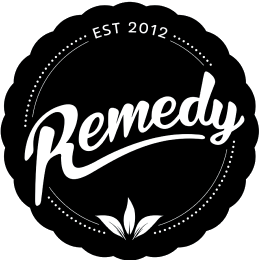
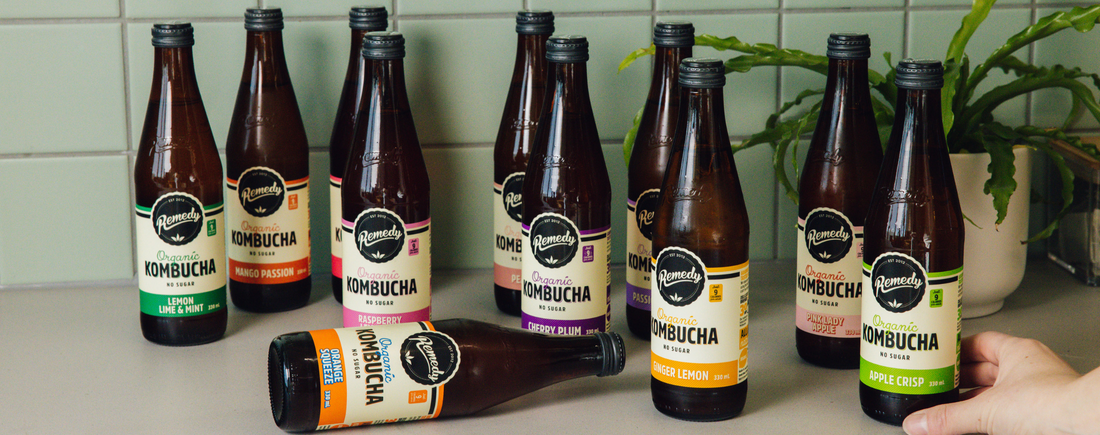
-(8).png?v=1698620198700)
